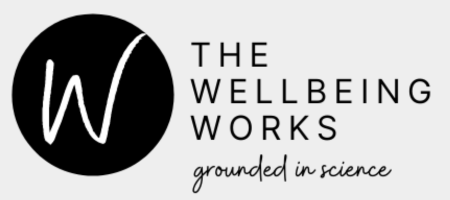
CAN method worksheet
Read an example of the CAN method, then answer several questions when you face a challenge.
You CAN be mentally flexible
Research shows that we have 60,000 thoughts a day. More than three in four of them are negative. Amazed? Well, we’re programmed to focus on the negative.
Being alert to possible threats like dangerous animals kept our ancestors alive. These days, threats tend not to be life threatening, but our brains still respond in the same way. We tend to dwell on things we can’t control, like price increases and the weather.
Refocus with the CAN method
Being mentally flexible when we face a difficult situation or challenge helps us avoid the negativity bias. The “CAN” method, developed by The Wellbeing Works , helps us focus on what we can control and let go of what we can’t. But what does “CAN” stand for?
Creating resilient and high-performing teams(external link) — The Wellbeing Works
C is for “control”. Think about what you can control. What can you change or influence?
A is for “accept”. Recognise the things you cannot control, and accept them.
N is for “now act”. Take action. List what you can do about the situation.
Read on for an example of how CAN works, and for a worksheet to keep handy.

See how CAN works
Wiremu is frustrated . He spends a lot of time pricing jobs that lead nowhere. He decides to try the CAN method, and answers its three questions.
What is your difficult situation or challenge?
I’m spending half my day pricing jobs and writing proposal emails. Then I get a “no” or I hear nothing at all from people. I’m trying so hard but getting nowhere. I’m tired because I lie awake at night worrying about my business.
Control — What can you control, change or influence?
- How much detail I put into quotes
- How much time I spend quoting
- How I explain quotes to clients
- What types of jobs I quote for
- What types of clients I send quotes to
- How I feel about quotes
Accept — What do you have to accept? What is beyond your control?
- Cost of materials
- Competitive market
- High interest rates
- Economic uncertainty
- Clients’ responses
Now act — What action can you take now? Start with “I can”.
- I can talk to clients when I quote, so I understand their needs better and build a relationship.
- I can give clients approximate price ranges first. If people are keen, I can then make quotes more detailed and accurate.
- I can follow up with clients who seem like a good fit.
- I can tell people how I add value by creating a flyer with my experience and skills, and good feedback I’ve received.
- I can learn from the experience every time someone doesn’t accept my quote.
- I can think about what types of jobs and clients I’m more likely to get, and how I can focus on them.

Answer these questions when times get tough
Use the CAN method to see things differently. Jot down a few points and motivate yourself to be proactive.
What is your difficult situation or challenge? |
|
|
Control — What can you control, change or influence? |
|
|
Accept — What do you have to accept? What is beyond your control? |
|
|
Now act — What action can you take now? Start with “I can”. |
|
|

Back to e-learning series
Return to the “Mental flexibility” e-learning series for more on how to see challenging situations differently, and to notice when you make thinking mistakes.
